Since the ancient Egyptians first filtered water through sand, man has used screens and filters for everything from large-scale industrial processes to brewing beverages to delicate medical procedures.
Today, filtration and separation process are all around us, in almost every industry in some form, and the need for improved performance and efficiency is greater than ever. New technologies are opening new frontiers.
Lockheed Martin is making revolutionary breakthroughs with its graphene composite membrane technology. The active layer of our membranes is an atomically thin layer of perforated graphene, which puts the theoretical limits of membrane performance within reach. Graphene membranes feature many of the benefits of standard track etched separation membranes, but at several times their permeability permeability because of graphene’s thinness. No membrane can be thinner than an atom. But can something so thin be practical in the real world? Yes. Our membranes can withstand 100’s of psi of trans-membrane pressure, can tolerate high radii of curvature, are highly flexible, and device fabrication processes can be performed by skilled technicians using hand tools outside of a clean room environment. Also, our membranes are probably more affordable than you think.
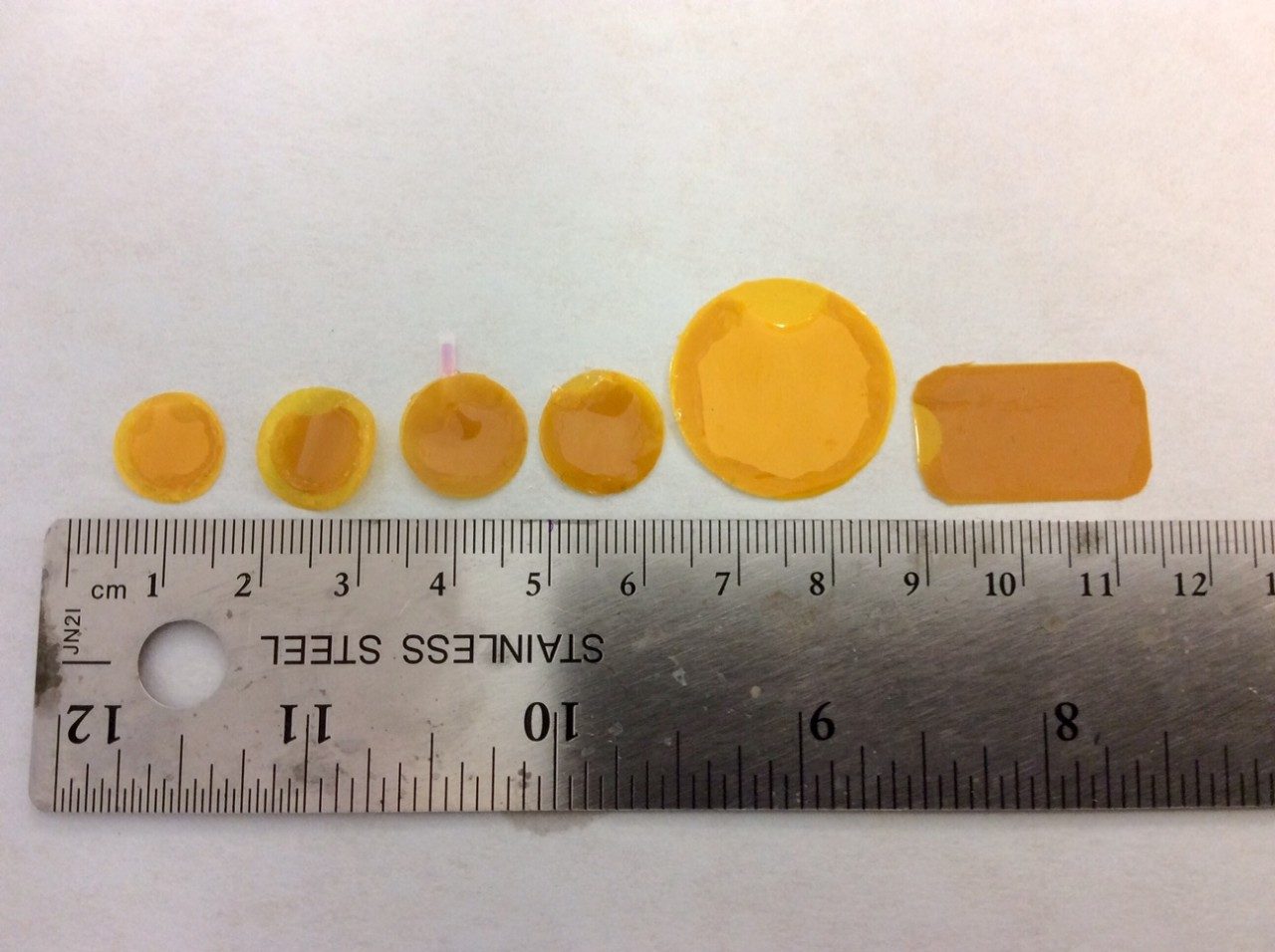
Building on almost 200 patented and patent pending technologies, our graphene membrane technology has a wide-range of applications in such areas as molecular sieving, reverse osmosis, forward osmosis, chemical separations, gas-phase separations, nano- and ultra-filtration, gas-phase separations, laboratory separations, dialysis, hemofiltration, water sterilization, sensors, protein separation, viral clearance, and other medical uses.
Three key features set Lockheed Martin’s membranes apart: Substrate diversity, high quality, and large area perforation.
Substrate Diversity
Sample Configuration of Our Membrane


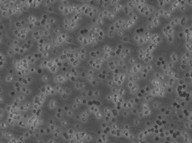
Track Etched Polymide
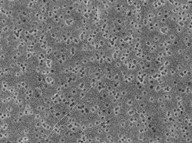
Track Etched Polycarbonate
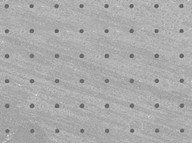
Microporous SiN Substrate
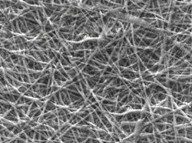
Electospun Membrane
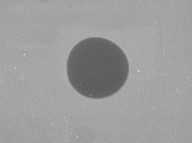
Several Micron Span
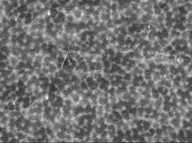
PVDF Microfiltration Membrane
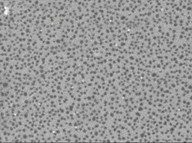
Nanoporous SiN Substrate
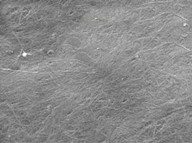
Carbon Nanomaterial Membrane
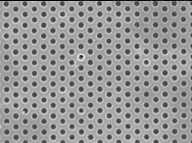
SiN Microsieve
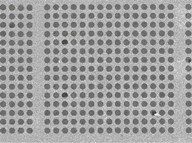
Microporous SiN Substrate
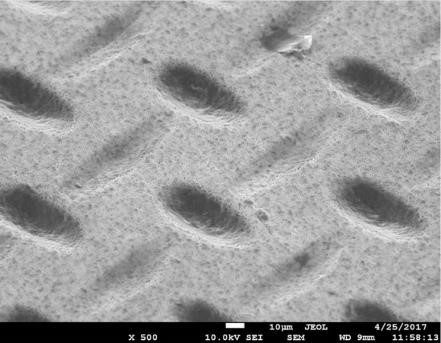
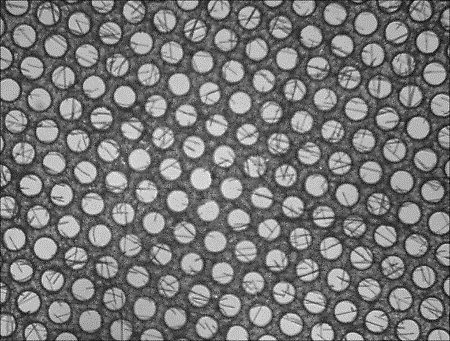
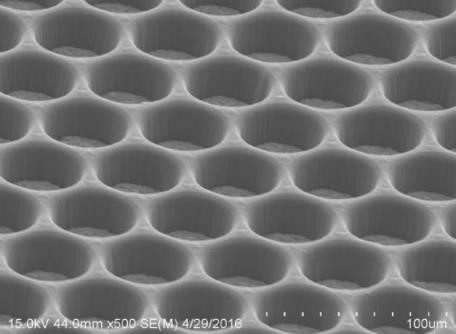
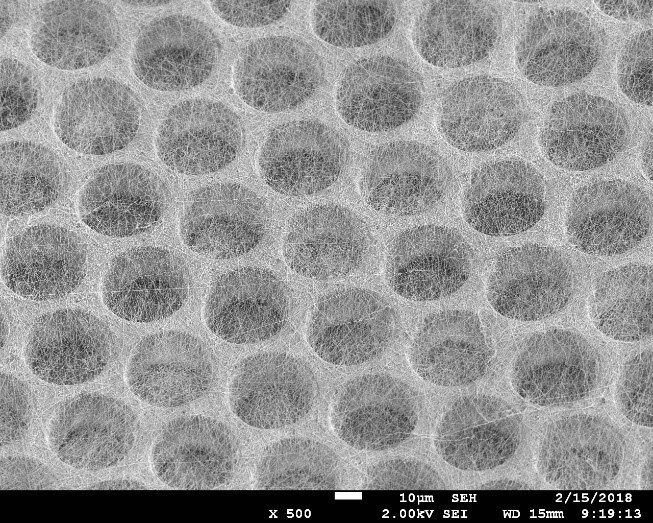
High Quality
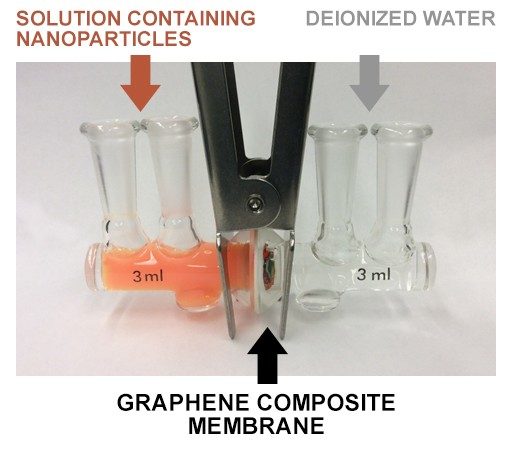
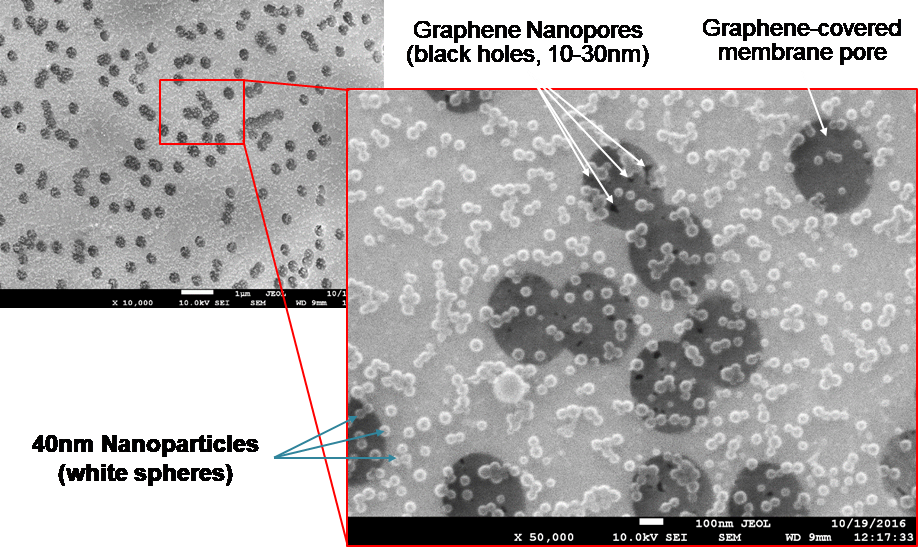
Large Area Perforation
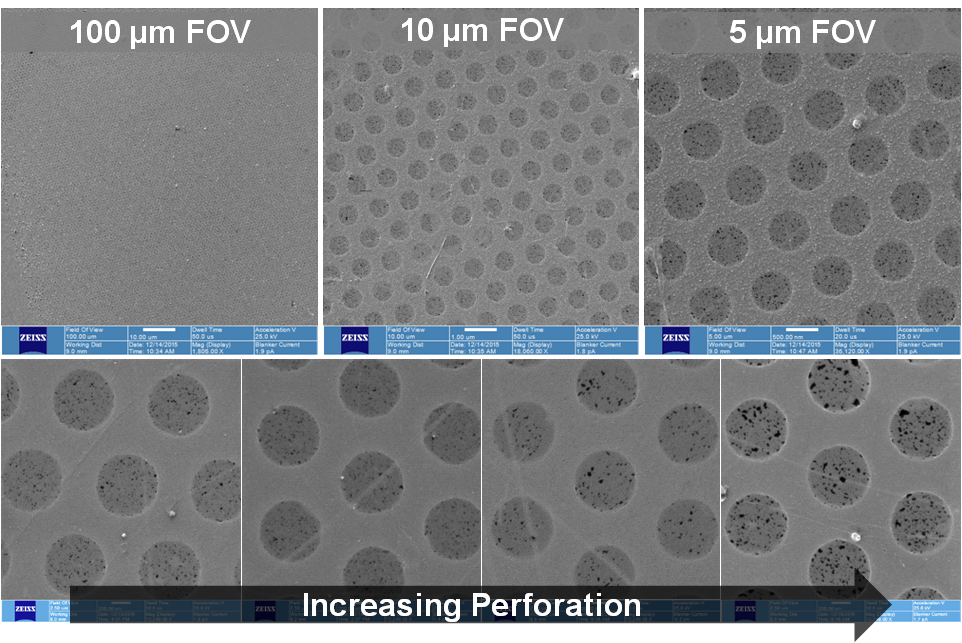
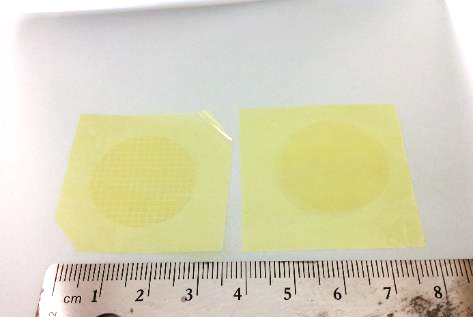
Other Properties of Graphene Membranes
- Impermeable even to helium when not perforated
- Conductive
- One atom thick, but handleable (cite MIT paper)
- Perforatable on the nanoscale
- Functionalizable
- Can integrate with a variety of substrates
- Layered, part of a composite
- Transparent
- Chemical resistance
- Thermal stability
- Humidity stability



